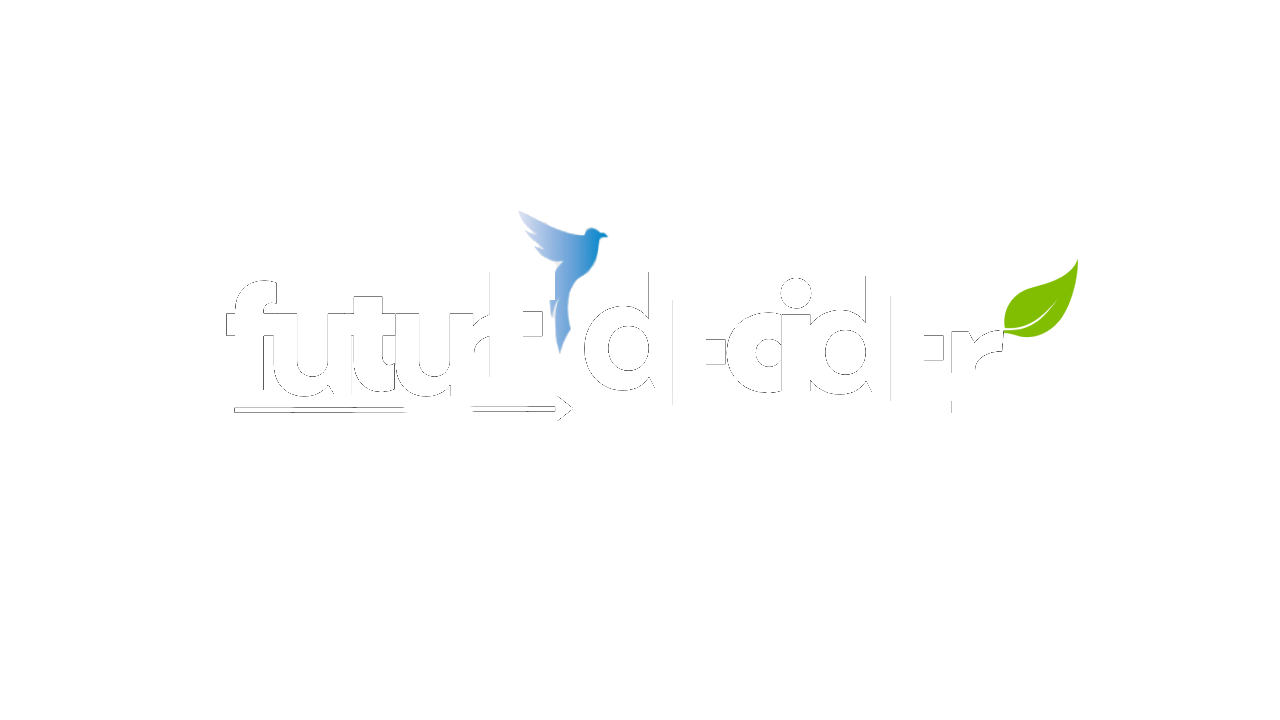When it comes to student loans, students or parents always look for student debt cancellation. But have you ever thought, how much would it really cost to cancel student debt?
In this article, we are going to understand what it costs to cancel student debts. And also will understand what are the factors that affect the cost of student debt cancellation.
The Biden administration has already forgiven nearly $132 billion in student loan debt during its first term. The President aims to continue with further debt cancellation.
But, it’s important to understand that forgiving debt does have a cost for taxpayers. If all student loan debt were to be forgiven, it’s estimated that it would come with a price tag of $1.6 trillion for taxpayers.

What is the cost to cancel student debt?
Here are some of the key insights of student debt cancellation:
- As of December 2023, the Biden administration has forgiven over $132 billion in student loan debt.
- Nearly 7 million borrowers have signed up for the Saving on a Valuable Education (SAVE) plan, which will eventually erase their student debt after a specific period.
- If all student loan debt in the U.S. were to be forgiven, it would require around $1.6 trillion.
Current Proposals for Student Debt Cancellation
In February 2024, there were various proposals for canceling student debt, with both the Biden administration and several members of Congress putting forward potential solutions.
Biden-Harris Administration’s Plan:
President Joe Biden has forgiven over $132 billion in student loan debt since he took office. Now, the Biden-Harris administration plans to speed up the implementation of their newly introduced Saving on a Valuable Education (SAVE) Plan.
This means that borrowers currently enrolled in the SAVE income-driven repayment (IDR) plan for their federal student loans—available for enrollment anytime if you meet the qualifications—and who initially borrowed $12,000 or less for college and have been repaying for at least 10 years could see their remaining loans forgiven.
Presently, nearly 7 million borrowers are part of the SAVE plan, paving the way for student loan debt cancellation.
The United States Department of Education predicts that within a decade, 85% of borrowers who borrowed for community college (which usually costs less than a four-year college) could be free of their student loans.
Usually, private student loans don’t qualify for forgiveness, so it’s crucial to utilize as much federal student aid as possible. It’s best to resort to private student loans only after exhausting all options for federal aid to cover any remaining funding gaps.
Senators Warren, Pressley, Schumer, and Sanders’ Plan:
U.S. Senator Elizabeth Warren (D-Mass.), along with other senators, is urging President Biden and the U.S. Department of Education to broaden the assistance available for student loans.
Here are her proposals:
- Forgive all student loan debt that exceeds the original principal balance of the loan. This means if a borrower’s debt has accumulated so much interest that it surpasses the initial amount borrowed, that excess debt would be forgiven.
- Erase all debt for borrowers who have already repaid their original principal balance.
- Move up the eligibility date for borrowers who entered repayment at least 25 years ago.
- Expand the criteria for hardship qualifications. While there are existing indicators of hardship that help individuals qualify for debt cancellation, this proposal suggests including non-income-based factors like incarceration or a history of evictions. The senators also advocate for a catch-all provision so borrowers can qualify on a case-by-case basis, rather than being disqualified if their specific hardship isn’t listed.
- Include borrowers who have suffered from misconduct by student loan servicers. This encompasses individuals who may have been coerced into forbearance or those who were eligible for Income-Driven Repayment (IDR) plans but were not enrolled in them.
- Streamline the currently cumbersome application process for relief. Instead, the senators propose automatic qualification for borrowers.
Factors Affecting the Cost of Student Debt Cancellation
Student loan debt has soared to over $1.6 trillion. While less than 1% of that debt is overdue by more than 90 days, the Federal Reserve Bank of New York anticipates that figure to rise by the end of 2024. This is when federal student loan delinquencies will begin to be reported to credit bureaus.
Individuals who fall behind on their student loans will experience a drop in their credit scores. If you’re struggling to recover your credit score after missing student loan payments, you might want to consider seeking assistance from a reputable credit counseling service.
Although the total student loan debt in the U.S. is still lower than the total mortgage debt ($12.25 trillion), it exceeds the total credit card debt ($1.13 trillion). This means that borrowers carry higher balances in student loans compared to credit card debt. In essence, student loan debt stands as the largest non-mortgage debt in the U.S.
The majority of borrowers are repaying federal student loans, averaging about $37,088 per borrower. Despite President Biden’s efforts to forgive billions of dollars in student debt, the U.S. Supreme Court invalidated his original cancellation plan in 2023.
Had it been implemented, it would have cost taxpayers an estimated $330 billion to $390 billion, according to the Committee for a Responsible Federal Budget. If all federal loans were forgiven for all 43 million borrowers, it would amount to about $1.6 trillion.
Final Thoughts
Canceling student debt can bring benefits, especially for individuals struggling to afford necessities like housing, food, or utilities. With over $1.6 trillion in student loan debt, those who have their federal loans forgiven can inject those funds back into the economy.
However, forgiving student loan debt can also have drawbacks, as it would cost Americans approximately $1.6 trillion to cancel all outstanding student loan debt.
Frequently Asked Questions (FAQs)
Is canceling student loan debt a good idea?
If you’re dealing with student loan debt, the notion of canceling it probably sounds appealing. It would free you and other borrowers to allocate funds towards essential needs, saving for retirement, or even discretionary spending.
However, if you’ve never had student loan debt or have already paid off yours, you might think it’s unfair for taxpayers to foot the bill for others’ student debt.
How much will it cost taxpayers for student loan forgiveness?
If all student loan debt were forgiven, taxpayers would be looking at a bill of over $1.6 trillion. President Biden had a plan on the table, but the Supreme Court nixed it. That proposal would have set taxpayers back somewhere between $330 billion and $390 billion.
Are student loans forgiven after 20 years?
Normally, student loans don’t just disappear over time. But for borrowers eligible for an Income-Driven Repayment (IDR) plan, any leftover balance on their loans gets forgiven after making on-time payments for 20 or 25 years, depending on the specific plan.

Hey, I am Sachin Ramdurg. I run and manage futuredecider.com website that helps students, graduates, and professionals, to find and decide on their future career with ultimate future career advices and future career guides. I have an overall 12+ years of career guidance experience in multiple domains which has helped multiple students, graduates, and professionals to find the best career path for their future.
